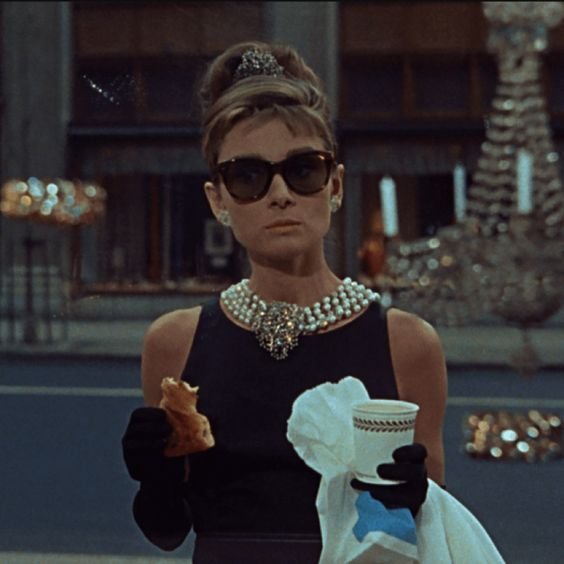Fashion in Film: Costume Design as Narrative Device and Cultural Reflection
In the cinema world, costume design plays a big role in shaping characters, setting the tone, and conveying narrative themes. Beyond mere aesthetics, the clothes worn by characters on screen serve as powerful storytelling tools, reflecting societal norms, cultural influences, and individual identities. This article explores the multifaceted relationship between fashion and film, examining how costume design serves as both a narrative device and a reflection of cultural values.
Sex and The City
The Role of Costume Design in Storytelling
Costume design goes beyond dressing characters; it is an integral component of character development and narrative construction. Through the careful selection of garments, colors, and styles, costume designers collaborate with filmmakers to visually convey character traits, motivations, and transformations. Whether through period accuracy, symbolic details, or thematic consistency, costumes communicate essential information about characters and their journeys.
Concept art by Sandy Powell for the fantastical costumes in "The Aviator," depicting the vision behind the film's historical and imaginative wardrobe.
Cultural Reflection and Historical Context
Costumes in film not only serve the narrative but also reflect the cultural context in which the story unfolds. Period films, in particular, rely on accurate costume design to transport audiences to specific eras and evoke historical authenticity. By meticulously recreating fashion trends, social norms, and class distinctions, costume designers immerse viewers in the world of the film while offering insights into past societal values and traditions.
Subverting Stereotypes and Challenging Norms
In addition to reflecting cultural norms, costume design in film has the power to subvert stereotypes and challenge established norms. By deviating from traditional gender roles, ethnic stereotypes, or societal expectations, filmmakers can use costumes to provoke thought, spark dialogue, and promote inclusivity. Iconic characters like Annie Hall, Holly Golightly, and James Bond exemplify how costume design can defy conventions and redefine cultural archetypes.
Audrey Hepburn's iconic little black dress and accessories, highlighting the character of Holly Golightly.
Fashion as Character Arc and Symbolism
Costume changes can signify character development, transitions, and emotional arcs throughout a film. From rags to riches transformations to the symbolism of color choices, costumes serve as visual cues that mirror characters' inner journeys and external circumstances. Whether subtle or overt, costume choices contribute to the overall narrative structure and thematic resonance of a film.
Case Studies and Examples
Numerous films illustrate the significance of costume design as a narrative device and cultural reflection. From the opulent period dramas of "Marie Antoinette" and "The Great Gatsby" to the contemporary realism of "The Devil Wears Prada" and "Crazy Rich Asians," each film employs costume design to enhance storytelling and evoke specific cultural milieus.
Fashion in film is more than just aesthetics; it is a storytelling tool that communicates character, context, and cultural values. Costume design serves as a bridge between the world of the film and the audience, conveying narrative nuances, historical accuracy, and societal commentary. By examining the role of costume design in film, we gain a deeper appreciation for its significance as both an art form and a reflection of our collective cultural imagination.




